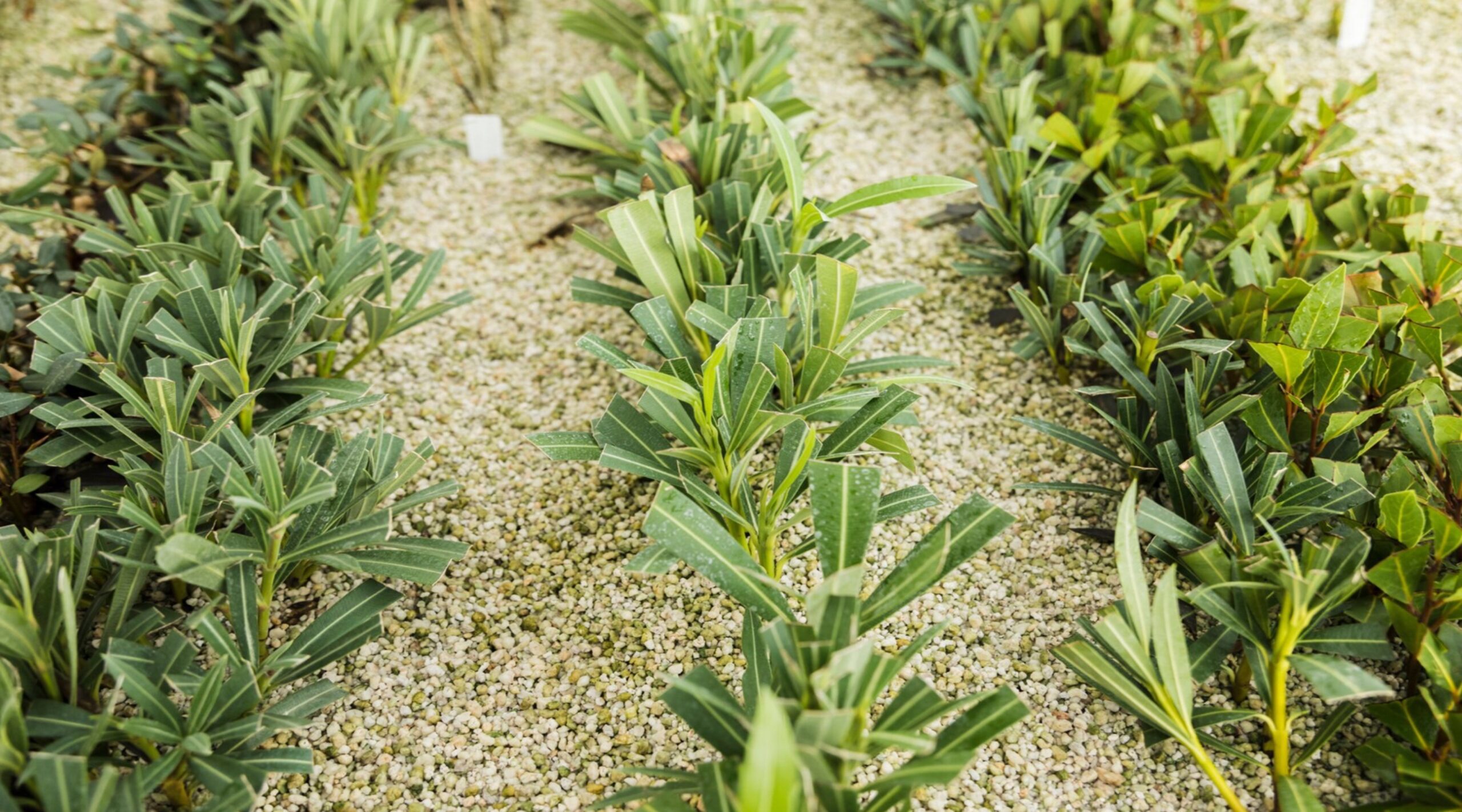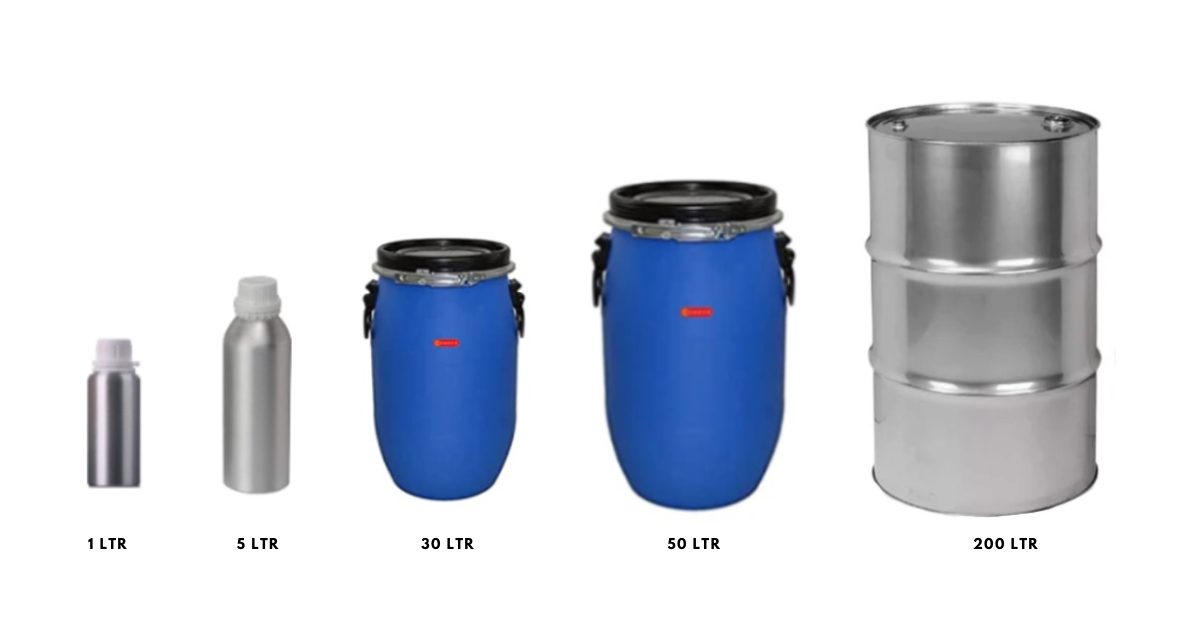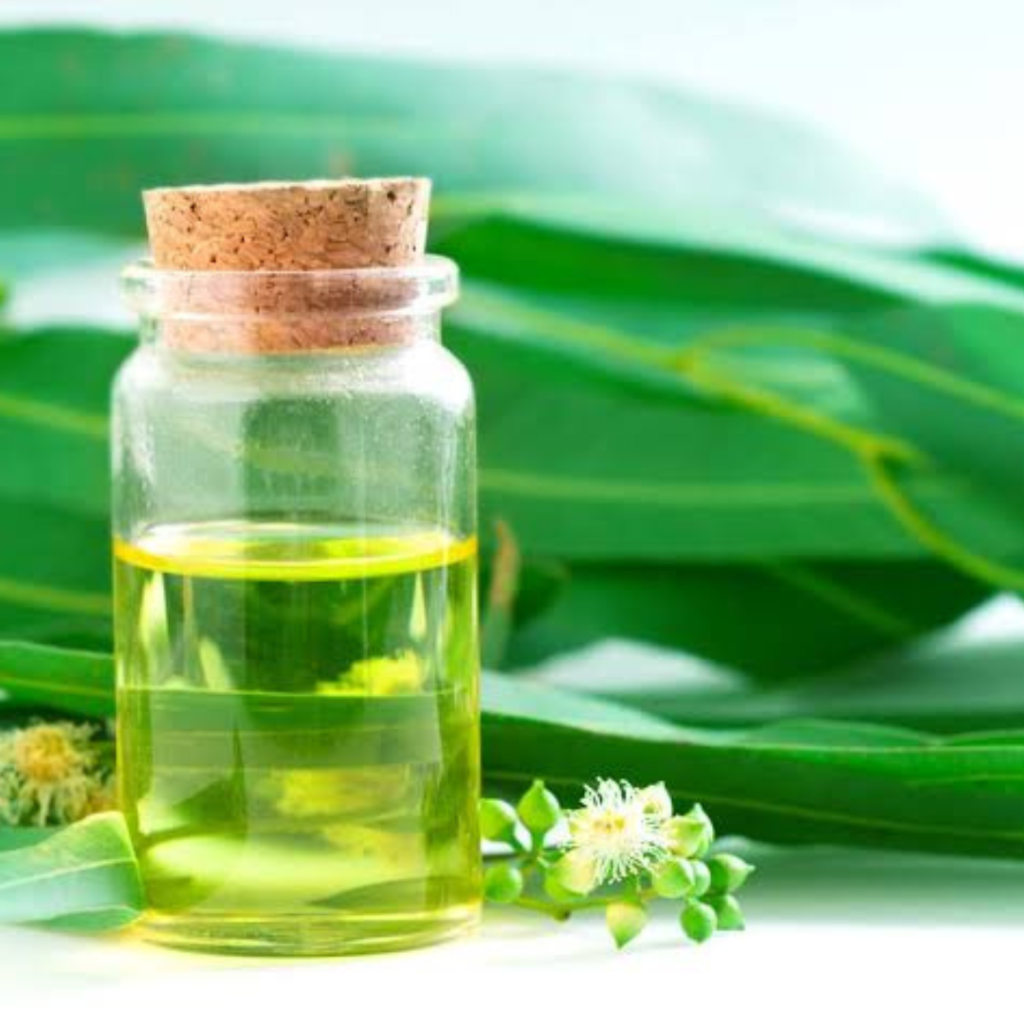
Citronella typically grows to a height of 1-2 meters and has long, narrow leaves and small, white or pink flowers. The oil is extracted from the plant through steam distillation and it is yellow or amber in color.
Citronella Essential Oil is extracted from the leaves and stems of the citronella grass (Cymbopogon nardus or Cymbopogon winterianus), a perennial grass that is native to tropical Asia but is now widely cultivated in many parts of the world. The plant typically grows to a height of 1-2 meters and has long, narrow leaves and small, white or pink flowers. The oil is extracted from the plant through steam distillation and it is yellow or amber in color.
Citronella Essential Oil has a strong, fresh, citrusy aroma and is commonly used as a natural insect repellent. It’s also believed to have antiseptic, anti-inflammatory and antimicrobial properties, which make it beneficial for skin care and for treating respiratory conditions like asthma and bronchitis. It can also be used as a natural deodorizer and as a natural remedy for dandruff and hair loss.
Botanical Name : Cymbopogon Nardus
CAS# : 8000-29-1
Origin : Sri Lanka
Method of Extraction : Steam Distillation
Source : Citronella Grass
Solubility : Soluble in Oils & Alcohol
Color & Odor : pale yellow to thick yellow color, with a crisp, lemony aroma
Constituents : citronellal, geraniol, and geranyl acetate, citronellol, limonene, and methyl isoeugenol
Specific Gravity : 0.960 – 0.970
Flash Point : 20 °C
Optical Rotation : – 22 to – 12
Major Constituents : citronellal, geraniol, and citronellol
Some of the most common uses of Citronella Essential Oil include:
It’s important to note that Citronella Essential Oil should be used with caution as it can be strong and may irritate the skin if used in high concentrations. It should not be used in pregnancy and lactation. Always consult a healthcare professional before using any essential oil.


